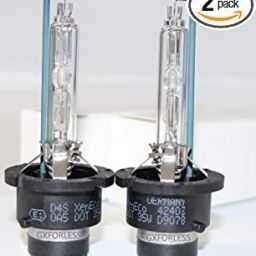There are plenty of ways home and business owners can save money by making a few simple adjustments and taking advantage of cost saving opportunities available with green products. Not only are you playing nice with the planet, you will save money on your power bill every month. One adjustment comes in the form of those cool little curly light bulbs called the CFL or Compact Fluorescent Lamp. The old outdated and power draining incandescent bulbs have been around since Edison introduced them to the world but out with the old and in with the sheik new curly CFLs.
The old incandescent worked when electricity heated both sides of a carbon filament resulting in a light emission. A CFL bulb operates in a completely non related manner. The CFL is actually a closed glass tube with a fluorescent coating which glows when electrical current connects to the argon and mercury vapors inside the tubing.
True, incandescent bulbs are much cheaper upfront than the CFL bulb. However, using traditional bulbs will cost you much more in the long run with any significant use. Incandescent bulbs wear out much quicker and they require substantially more electricity to operate. To compare, a CFL bulb, with average use will save you over $25 throughout its lifetime and will not need to be replaced unlike incandescent bulbs. The CFL will pay for itself in less than half a year.
Also there is a variety in the intensity and spectrum of light available with the CFL bulbs. You can help set the mood in a particular room through various CFL color bulbs and output intensities. The CFLs are available in a bluish hue or a warm yellow output. Incandescent bulbs emit a warmer yellowish light output. A potential negative with CFLs is that some heavier blue emitting bulbs may be a bit harsh and can be sensitive to some.
A great guide for consumers to utilize is the Kelvin Rating which is found on the CFL bulb package at the store. This rating is a temperature rating for the bulb. A cooler white emitting bulb will have a Kelvin Rating of about 3500 to 4000k and a warmer yellowish bulb has a rating up to 3000k. A blue bulb has a higher Kelvin rating of 5000k and higher.
It is also very interesting to view the electricity outputs for the CFL compared to the incandescent bulb. The same light emission for a 40-watt incandescent can be achieved with just 9 watts for the CFL bulb. You can replace a 100-watt incandescent with a 23 to 30 watt CFL.
To further protect the environment used CFL bulbs should be recycled when available due to a small amount of mercury in the bulb. Many home stores utilize recycling programs for these bulbs. Now if decorative lighting is on your to do list then you want to keep your green theme and utilize LED (light emitting diode) bulbs. These are even more energy efficient that incandescent bulbs as they require over 90% less energy to operate. Also LEDs are utilized in outdoor solar lighting fixtures and their power source is purely from the sun. So you can make a couple of green changes benefitting your wallet and the environment by simply converting your old household bulbs to CFLs on the inside and LEDs on the outside.
BY by GAHZLY
#Green #Light #Effect #CFL #Incandescent #Bulbs

